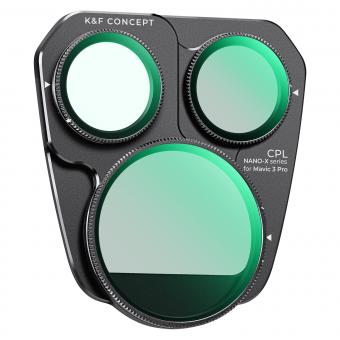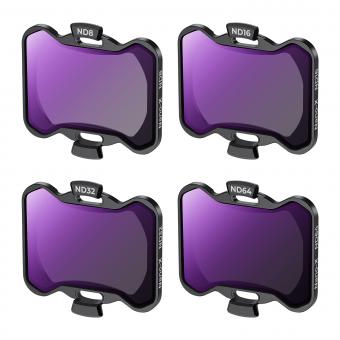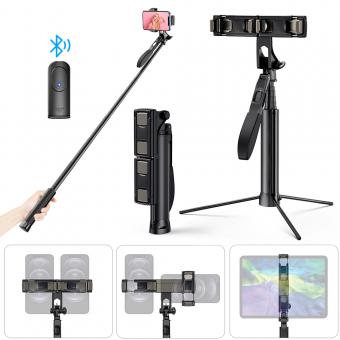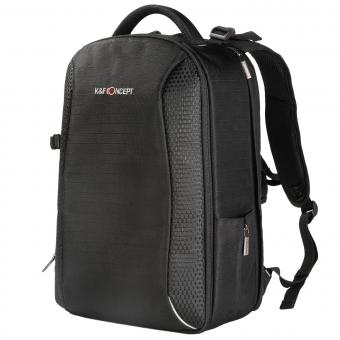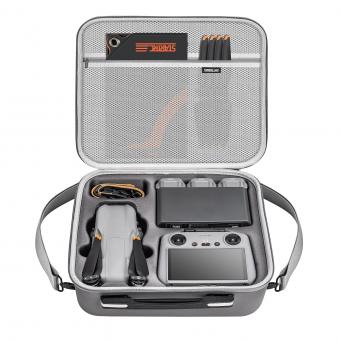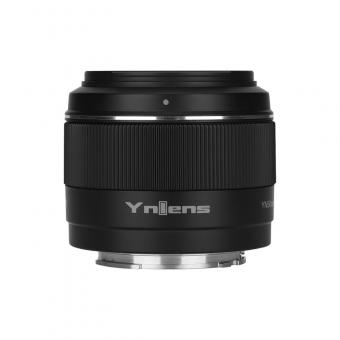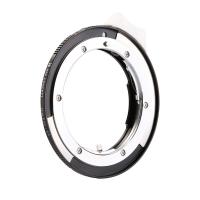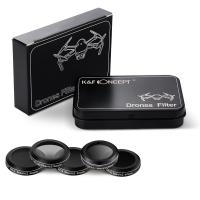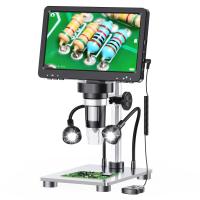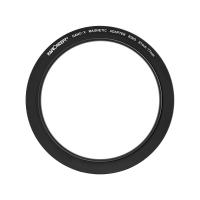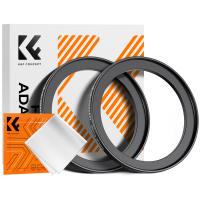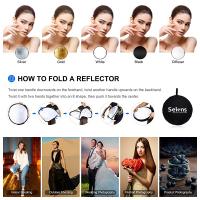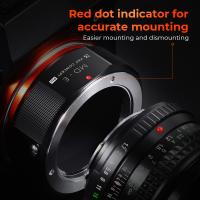How To Pack Camera For Travel ?
When packing a camera for travel, it's important to ensure it is well-protected. Start by placing the camera in a padded camera bag or case to shield it from any potential impact. Remove the battery to prevent accidental drainage and pack it separately. Additionally, consider investing in a sturdy camera insert or padding to provide extra protection. It's also a good idea to pack a microfiber cloth to keep the lens clean and a small air blower to remove any dust. Finally, make sure to pack any necessary chargers, memory cards, and other accessories in a secure and organized manner.
1、 Camera Protection
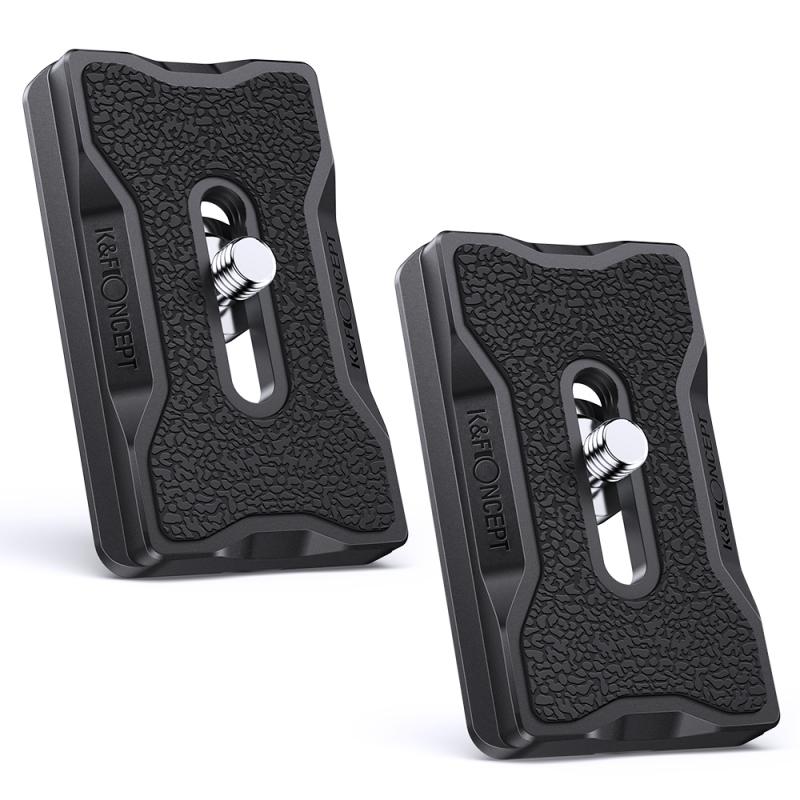
When packing a camera for travel, it's essential to ensure that it is well-protected to prevent damage during transit. Here are some tips on how to pack a camera for travel:
1. Use a padded camera bag: Invest in a high-quality camera bag with padded compartments to protect your camera and lenses from bumps and shocks. Make sure the bag is also water-resistant to protect your gear from unexpected weather conditions.
2. Secure the camera body and lenses: Use lens caps and camera body caps to protect the delicate glass and sensors from dust and scratches. Wrap each lens in a soft cloth or lens pouch to prevent them from knocking against each other during travel.
3. Pack in a carry-on bag: Always carry your camera gear in your carry-on luggage to ensure it stays with you throughout the journey. This minimizes the risk of damage or theft compared to checking it in with your main luggage.
4. Use protective accessories: Consider using a camera wrap or silicone camera case for added protection. These accessories provide an extra layer of cushioning and shock absorption for your camera.
5. Secure the camera bag: Use TSA-approved locks to secure your camera bag and prevent unauthorized access during travel.
In the latest point of view, with the increasing popularity of mirrorless cameras, it's important to note that they are generally more compact and lightweight than traditional DSLRs. This means that they may require different types of protective cases and bags designed specifically for mirrorless systems. Additionally, with the rise of drone photography, travelers may also need to consider how to pack and protect their drones along with their camera gear. As technology continues to evolve, it's important to stay updated on the latest protective accessories and packing techniques to ensure the safety of your camera equipment during travel.
2、 Lens and Accessories
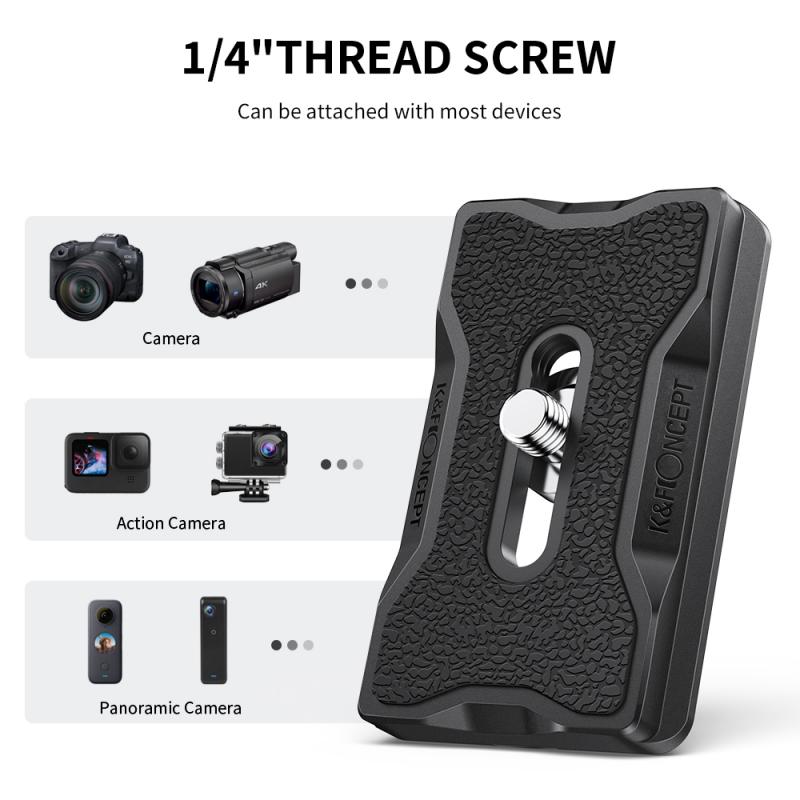
When packing a camera for travel, it's essential to ensure that your equipment is well-protected and easily accessible. Here's how to pack your camera, lens, and accessories for travel:
1. Camera Body: Place your camera body in a padded camera bag or case to protect it from any potential damage during travel. Ensure that the bag is well-padded and has compartments to keep the camera body secure.
2. Lens: When packing your lens, it's important to use a padded lens case or pouch to protect it from any impact or pressure. If you have multiple lenses, consider using a lens wrap or divider to keep them separated and secure.
3. Accessories: Pack your camera accessories, such as batteries, chargers, memory cards, and filters, in a separate compartment within your camera bag. Make sure they are well-organized and easily accessible when needed.
4. Latest Point of View: With the increasing popularity of mirrorless cameras, it's important to consider the size and weight of your camera gear when packing for travel. Mirrorless cameras and compact lenses can help reduce the overall bulk and weight of your camera bag, making it easier to carry and maneuver during travel.
5. Additional Tips: Consider using a camera insert or organizer to keep your gear well-organized and protected within your travel bag. It's also a good idea to carry a microfiber cloth to clean your lens and camera body during your travels.
By following these packing tips, you can ensure that your camera, lens, and accessories are well-protected and ready for capturing memorable moments during your travels.
3、 Secure Storage
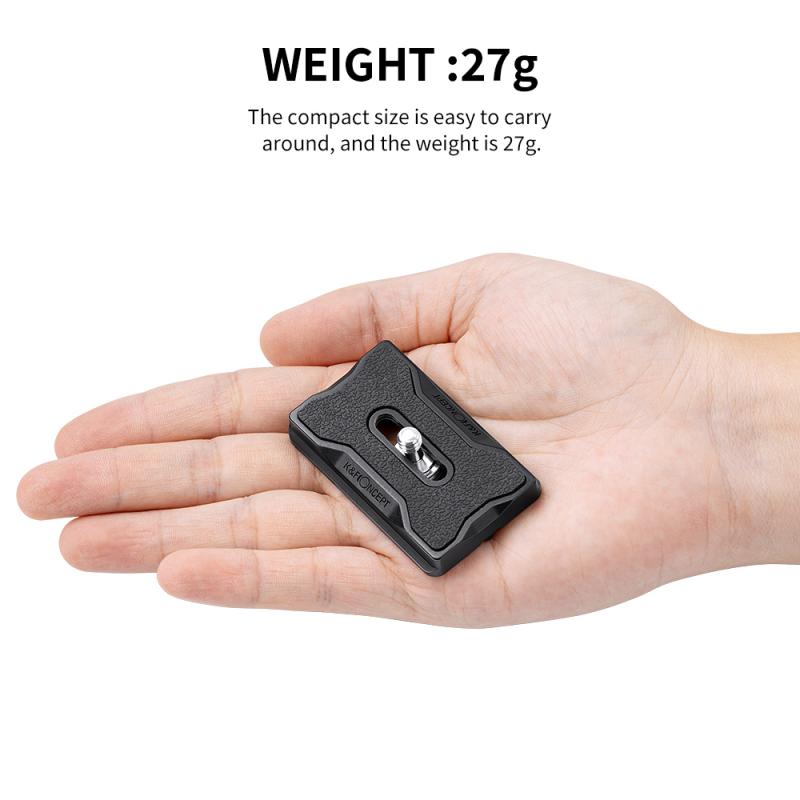
When it comes to securing storage, it's important to consider the latest trends and best practices. With the increasing prevalence of cyber threats and data breaches, it's crucial to prioritize the security of stored information. This includes implementing robust encryption, access controls, and regular security audits to ensure that sensitive data is protected from unauthorized access.
Additionally, the use of secure cloud storage solutions has become increasingly popular, allowing for convenient access to data while maintaining high levels of security. Many organizations are also adopting a zero-trust security model, which assumes that no user or device should be trusted by default, and requires strict verification for access to sensitive data.
Furthermore, the rise of remote work has led to an increased focus on securing storage for distributed teams. This involves implementing secure file sharing and collaboration tools, as well as ensuring that data is encrypted both at rest and in transit.
Overall, the latest point of view on secure storage emphasizes the need for a multi-layered approach that combines robust technical controls with user education and awareness. By staying informed about the latest security threats and best practices, organizations can better protect their stored data from unauthorized access and cyber attacks.
"How to pack camera for travel"
When packing a camera for travel, it's important to ensure that it is well-protected and easily accessible. Here are some tips for packing a camera for travel:
1. Use a padded camera bag or case to protect the camera from bumps and shocks during travel. Make sure the bag is also weather-resistant to protect the camera from the elements.
2. Pack the camera in a separate compartment of your carry-on luggage to keep it safe and easily accessible during your journey.
3. Remove the camera's battery and memory card before packing it to prevent any damage or data loss.
4. Consider investing in a travel tripod that is lightweight and compact, making it easier to carry and use during your travels.
5. If you're traveling by air, be sure to check the airline's guidelines for carrying camera equipment to ensure compliance with their policies.
6. Lastly, consider purchasing travel insurance that covers your camera equipment in case of loss, theft, or damage during your trip.
By following these tips, you can ensure that your camera is well-protected and ready to capture all the memorable moments of your travels.
4、 Carry-On Considerations
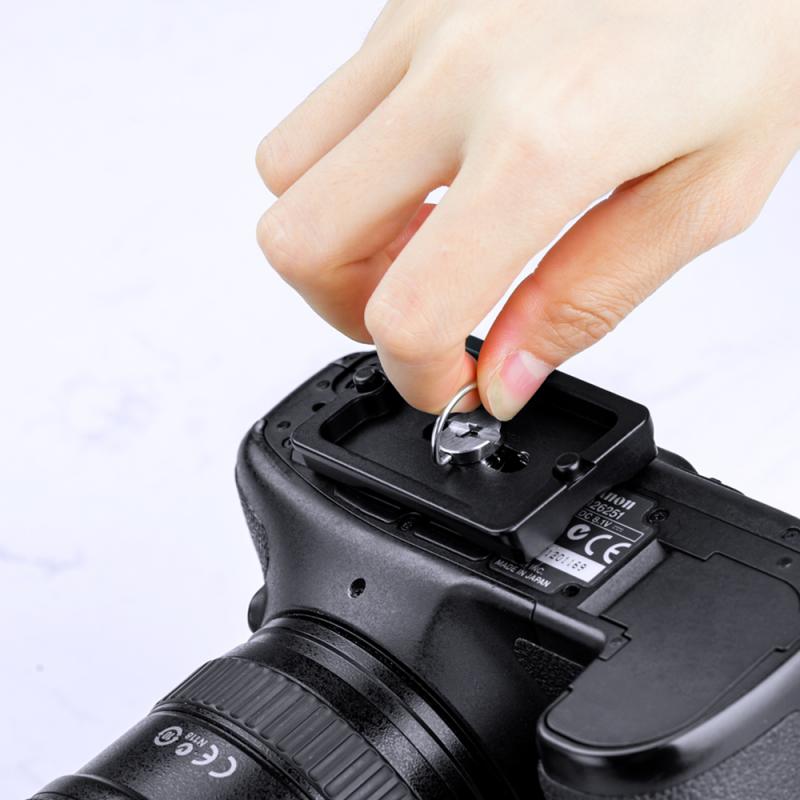
When packing a camera for travel, it's important to ensure that it is well-protected and easily accessible. Here are some tips for packing a camera in your carry-on luggage:
1. Use a padded camera bag: Invest in a good quality camera bag that provides adequate padding and protection for your camera and lenses. This will help prevent damage from bumps and jostling during travel.
2. Remove the lens: If possible, detach the lens from the camera body and pack them separately. This can help reduce the risk of damage to the delicate lens mount and also save space in your bag.
3. Pack extra batteries and memory cards: Make sure to bring extra batteries and memory cards in your carry-on bag, as these are essential for capturing all your travel memories. It's also a good idea to bring a charger for your camera batteries.
4. Keep it easily accessible: Store your camera bag in a place where it is easily accessible, such as under the seat in front of you or in the overhead compartment. This will allow you to quickly retrieve your camera when you want to capture a moment during your journey.
5. Be mindful of security regulations: When traveling by air, be aware of the latest security regulations regarding electronic devices and camera equipment. Some airports may require you to remove your camera from its bag during security screening.
In light of the current global situation, it's also important to consider any additional health and safety measures when packing your camera for travel. This may include using disinfectant wipes to clean your camera and bag, as well as following any specific guidelines provided by airlines and travel authorities. Always stay informed about the latest travel advisories and regulations to ensure a smooth and safe journey with your camera equipment.



